Taking Another Look at Torrefaction



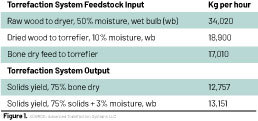
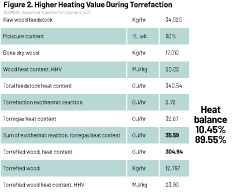
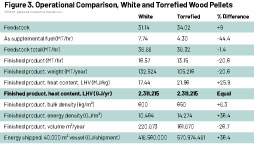
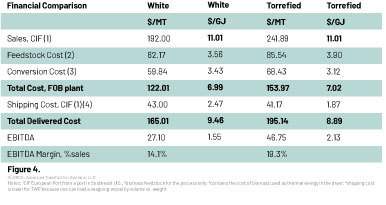








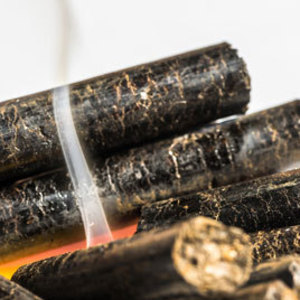
October 4, 2020
BY Tom Causer
Advertisement
Advertisement
Related Stories
ENplus is celebrating its 15th anniversary. Since 2010, ENplus has played a defining role in shaping a reliable and transparent pellet market, ensuring that consumers and businesses can trust the quality of every certified pellet they use.
New Brunswick’s Belledune Generating Station is testing advanced wood pellets to lower emissions and extend its operating life.




